A daytime family - promoting mixed age grouping in early years
At KatieB Kids we offer a home from home, and bringing children of different ages together for parts of our day enhances this, like one big daytime family.
We know from social learning theories how important it is for children to have opportunities to observe and interact with each other for learning to take place. Bringing children together of different ages, and at different developmental levels, creates opportunities for our children to observe and learn an even wider variety of skills. Taking inspiration from the paedological principles of Maria Montessori, “groups should contain different ages, because it has great influence on the cultural development of the child. This is obtained by the children among themselves. You cannot imagine how well a young child learns from an older child; how patient the older child is with the difficulties of the younger.” Beyond this Lev Vygotsky, cognitive psychologist, recognised that mixed grouping helps children to extend their zone of proximal development, as younger children are challenged to play and carry out tasks they wouldn’t be able to do alone or with others of their own age group.
Creating a community with children for children
When we bring children of varying ages together, we find that children who are settled and older often take on leadership roles and support those who are less capable and competent than they are, while at the same time building their own self-confidence and self-esteem. Learning to be helpful, patient, and tolerant supports the development of children’s social and emotional learning. Our younger, or less confident children benefit from being with nurturers, who provide them with models of behaviour that they can copy when they are ready. Introducing young children to early experiences of being nurturing, and of helping others who are different from themselves, forms an important part of our nursery value to go beyond childcare, preparing children for life. Interestingly, we see less conflict over toys and resources in these multi age group sessions, this is because a 4-year-old has needs and interests that are not shared by the two-year-old.
Promoting inclusive practice
Creating opportunities for children to play alongside children of other ages, fully supports inclusion. A cooperative rather than a competitive environment is created when children with varied learning trajectories play together. Children have more freedom to develop their own strengths and abilities at the pace with which they are comfortable, without an expectation to match the behaviours and abilities as other same-age children. This reduces frustrations and children are more likely to be encouraged to focus on what they can do rather than what they can’t do. Less confident older children, or those with additional needs can also build their confidence by being with younger children, enabling them to build the skills to play more happily with same age and older peers.
A relationship driven environment
At KatieB Kids we strive to offer all our children the care of a parent when they are in nursery. By promoting mixed age grouping we support our children to build stronger relationships with our educators throughout their early years in our setting. Our babies will develop close relationships with their educators, and as they get older and start preparing to go to school, the same educators will still spend some time caring for them. Over this prolonged time they would have developed very strong bonds and a deep knowledge of the child and their family, which of course will benefit the child enormously. Offering continuity of care in this way, and providing some consistency in relationships, is critical in supporting secure attachments for babies and toddlers as well as development and learning for young children. It also allows siblings and peer groups to come together over a longer period providing more stable social bonds.
So, if mixed grouping is so beneficial why isn’t it the norm?
Early years settings in the UK must adhere to strict adult to child ratio requirements and it is much easier to manage these ratios if children are grouped according to age rather than in mixed age groupings. At KatieB Kids we always work within the legal framework, but we adapt our practice to make mixed age grouping work at points throughout the day. We achieve this by creating flexible spaces and multi-use environments throughout our nursery so that children of all ages can access resources, materials and experiences that match their interests and skills as well as those that challenge them to extend their capabilities. Our resources are open ended and offer multiple uses for varying ages. We support our educators to be confident in differentiation, and in understanding how to modify activities to meet the varying needs of each child. We enhance this through skilled mentorship in house and professional outsourced CPD. We build strong relationships with our families, empowering and sharing knowledge through many varied platforms, and spending time asking questions and listening to what our families share about their children. Finally, we use intentional teaching strategies to share the importance of helping and caring. We create calming spaces, and an embedded culture for supporting emotional intelligence in all our children from babies to preschool.
In summary, at Katie B Kids we are a value driven nursery, and as a Reggio Emilia inspired setting we pride ourselves on putting our children at the centre of everything we do. This means that whilst our children do of course spend time with same-age peers, opportunities throughout the day for mixed age grouping are captured. Creating a unique day-time family, filled with love, care and fun, partnered with academic expertise, all together in an inspiring and nurturing environment. Giving young children the best possible foundation for life – emotionally, physically and intellectually.
